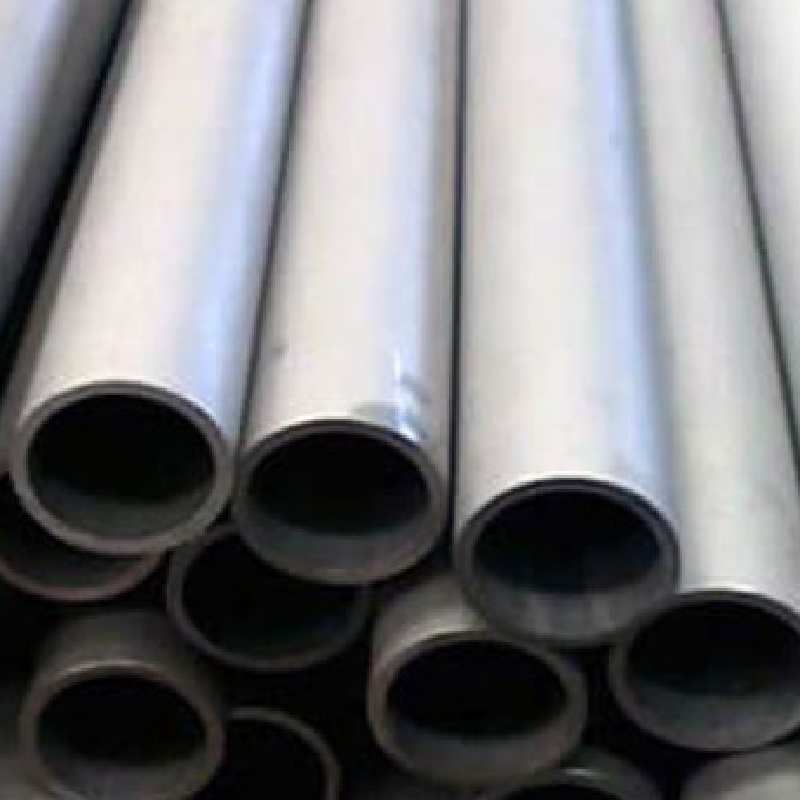-
Cangzhou Yulong Steel Co., Ltd.
-
Phone:
+86 13303177267 -
Email:
admin@ylsteelfittings.com
- English
- Arabic
- Italian
- Spanish
- Portuguese
- German
- kazakh
- Persian
- Greek
- French
- Russian
- Polish
- Thai
- Indonesian
- Vietnamese
- Zulu
- Korean
- Uzbek
- Hindi
- Serbian
- Malay
- Ukrainian
- Gujarati
- Haitian Creole
- hausa
- hawaiian
- Hebrew
- Miao
- Hungarian
- Icelandic
- igbo
- irish
- Japanese
- Javanese
- Kannada
- Khmer
- Rwandese
- Afrikaans
- Albanian
- Amharic
- Armenian
- Azerbaijani
- Basque
- Belarusian
- Bengali
- Bosnian
- Bulgarian
- Catalan
- Cebuano
- China
- China (Taiwan)
- Corsican
- Croatian
- Czech
- Danish
- Esperanto
- Estonian
- Finnish
- Frisian
- Galician
- Georgian
- Kurdish
- Kyrgyz
- Lao
- Latin
- Latvian
- Lithuanian
- Luxembourgish
- Macedonian
- Malgashi
- Malayalam
- Maltese
- Maori
- Marathi
- Mongolian
- Myanmar
- Nepali
- Norwegian
- Norwegian
- Occitan
- Pashto
- Dutch
- Punjabi
- Romanian
- Samoan
- Scottish Gaelic
- Sesotho
- Shona
- Sindhi
- Sinhala
- Slovak
- Slovenian
- Somali
- Sundanese
- Swahili
- Swedish
- Tagalog
- Tajik
- Tamil
- Tatar
- Telugu
- Turkish
- Turkmen
- Urdu
- Uighur
- Welsh
- Bantu
- Yiddish
- Yoruba

Sep . 28, 2024 03:43 Back to list
Ansi 300 Flange Specifications and Applications for Raised Face Design
Understanding ANSI 300 RF Flanges A Comprehensive Overview
Flanges are crucial components in various piping systems, serving as attachment points to connect pipes, valves, pumps, and other equipment. Among the numerous flange standards available, ANSI (American National Standards Institute) provides guidelines that have become widely adopted in the industry. The ANSI 300 RF (Raised Face) flange is particularly popular due to its versatility, reliability, and ease of use in both industrial and commercial applications.
What is ANSI 300 RF Flange?
The ANSI 300 RF flange is designed to operate at higher pressure ratings compared to its lower counterparts, such as ANSI 150 and ANSI 1500 flanges. It has a pressure rating of 300 pounds per square inch (psi). The RF indicates a raised face, which means that the face of the flange is slightly raised, creating a sealing surface that enhances the connection between two flanges. This design helps achieve a more effective seal, preventing leaks in high-pressure applications.
Material and Construction
ANSI 300 RF flanges come in various materials, including carbon steel, stainless steel, and alloys, catering to different environmental conditions and fluid characteristics. The selection of the right material is critical, as it impacts the flange's durability, resistance to corrosion, and overall performance. Common materials include ASTM A105 for carbon steel flanges and ASTM A182 for stainless steel options.
flange ansi 300 rf

Applications of ANSI 300 RF Flanges
These flanges find applications across various sectors, including oil and gas, chemical processing, water treatment, and power generation. Due to their ability to withstand high pressures and temperature variations, they are extensively used in systems involving steam, water, gas, and other fluids that require secure and leak-proof connections.
Installation and Maintenance
Installing ANSI 300 RF flanges requires precision and care. Proper alignment is crucial to avoid stress on the flanges and to ensure a reliable seal. It is important to use appropriate gaskets, commonly made from materials like PTFE or rubber, to enhance sealing. Additionally, regular inspection and maintenance are essential to identify signs of wear, corrosion, or leakage, ultimately extending the lifespan of the piping system.
Conclusion
In summary, ANSI 300 RF flanges play a vital role in modern piping systems, providing secure and reliable connections under high pressure. Understanding their specifications, materials, and applications is essential for engineers and technicians involved in the design, installation, and maintenance of piping systems. As industries continue to evolve and demand higher performance, flanges like the ANSI 300 RF will remain a cornerstone in the realm of fluid transport and management. Whether in heavy industries or everyday plumbing, their effectiveness and reliability make them indispensable components in ensuring safe and efficient operations.
Latest news
-
ANSI 150P SS304 SO FLANGE
NewsFeb.14,2025
-
ASTM A333GR6 STEEL PIPE
NewsJan.20,2025
-
ANSI B16.5 WELDING NECK FLANGE
NewsJan.15,2026
-
ANSI B16.5 SLIP-ON FLANGE
NewsApr.19,2024
-
SABS 1123 FLANGE
NewsJan.15,2025
-
DIN86044 PLATE FLANGE
NewsApr.19,2024
-
DIN2527 BLIND FLANGE
NewsApr.12,2024
-
JIS B2311 Butt-Welding Fittings LR/SR 45°/90° /180°Seamless/Weld
NewsApr.23,2024











